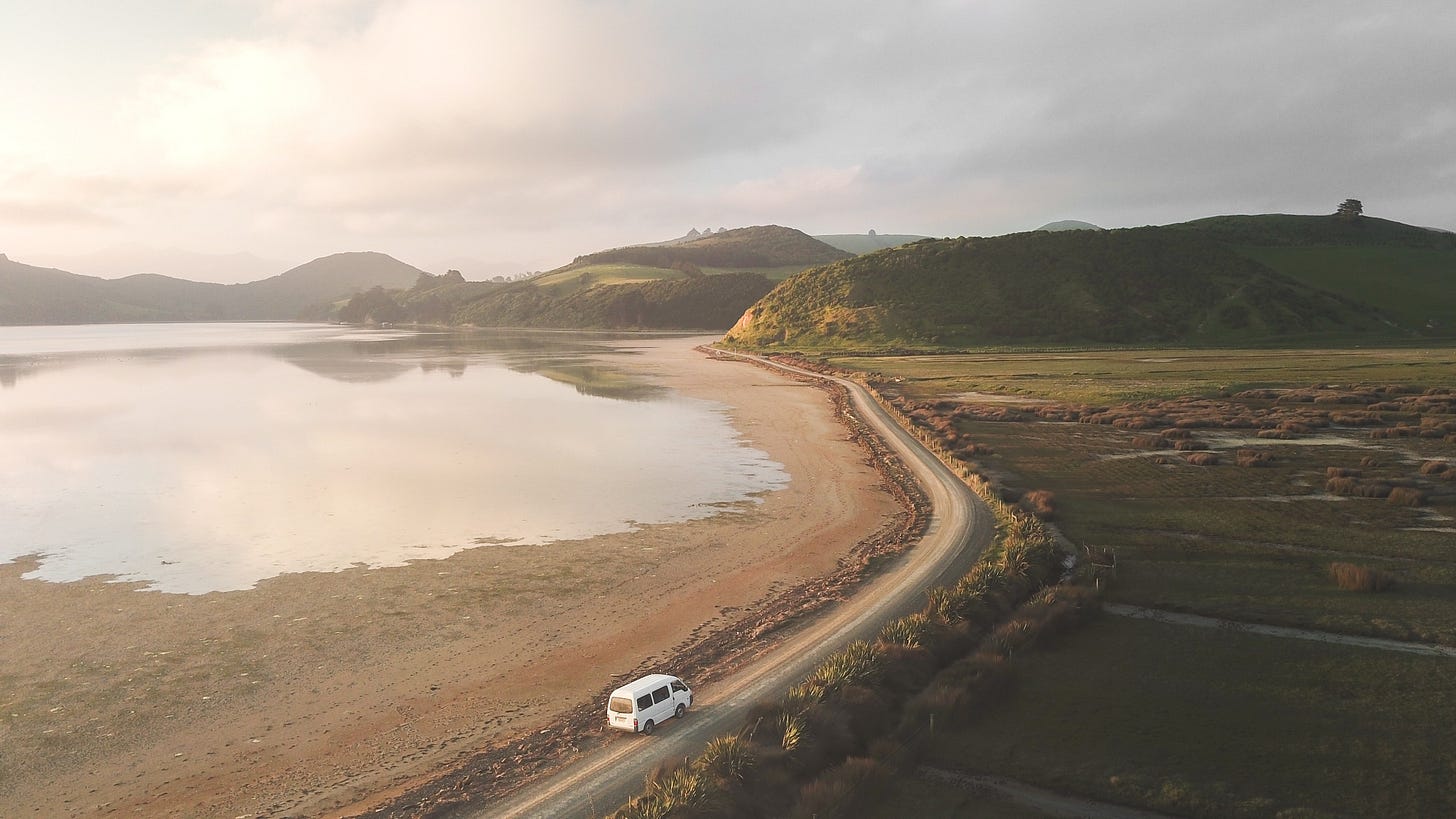Nomad lifestyle —in between planning and budgeting
Or how to play smart with your budget when traveling full-time
Let’s admit it: budgeting for a long-term nomadic lifestyle was never the most enjoyable aspect of traveling.
While travel often emphasizes living in the moment, having a well-structured budget for your long-term expedition can save you time energy, and contribute to your overall happiness.
Planning for the future was challenging in my first year of full-time travel. Starting this journey right after the pandemic meant that prices did not accurately reflect the reality of the travel market. Flights and accommodations, our primary expenses at that time, were unpredictable.
We initiated our journey with a savings budget of around 2000 Euros and our monthly incomes from full-time work. Understanding the need to book flights and accommodations in advance, we lacked a clear vision of what lay ahead.
Three years later, our experiences have taught us valuable lessons that have significantly improved our planning and understanding of the context.
Why having a yearly planning is not a waste of time?
Commencing your nomadic journey with a well-thought-out plan can save time, energy, and money. In early 2023, I created a yearly plan, considering potential destinations, accommodation expenses, and transportation budget. While this may initially seem daunting, seeing all the costs laid out allows you to optimize them. For instance, you can anticipate higher budgets for peak months like August or July and optimize costs in cheaper months like January or February.
This planning approach also applies to transportation costs, which we'll explore later—setting limits on expenditures for accommodation, transportation, groceries, etc., aids in choosing countries and shaping the roadmap for your trip.
Another significant factor impacting your journey is the cost of groceries or dining out. Even if you create an approximate plan for spending on these, researching current prices in the chosen country can be helpful. You can explore local markets, check prices on Google Maps, or use platforms like Numbeo (though not always 100% updated).
Forecasting accommodation, transportation, and groceries from the outset grants you better control over your budget, enhancing your savings and providing a guiding point for your journey.
You can check out a version of the yearly travel planner at the link below.
Why do you need to think two steps ahead of time constantly?
For long-term travel relying on accommodations, booking in advance can save you money. Here's an example timeline that I used for booking accommodations in 2023:
November 2022: Booked accommodation for January 4th - February 18th, 2023.
December 2022: Booked accommodation for February 18th - April 1st, 2023.
January 2023: Booked accommodation for April 1st- July 1st, 2023
This strategy provides ample options, allowing you to find accommodations that fit your needs and budget without compromising. Off-season months are more flexible, but for May and September, booking in advance is crucial to avoid settling for what's left.
This also helps evenly distribute costs throughout the year, preventing financial strain in certain months.
To drive or not to drive?
Being mindful of transportation costs can significantly impact your overall expenses. If you own a car and live in Europe, consider starting your journey with it. In early 2023, I drove from Romania to Portugal, and the effort paid off throughout the year. A car provides flexibility to explore remote places not easily accessible by public transport. There were countries where having a car was maybe not a must, like Denmark, but unfortunately, not all European countries have such an excellent public transport system that lets you discover the country hassle-free.

Planning the road can be useful, helping you avoid tolls and find more efficient routes. For example, sometimes, paying for a ferry can save you a lot of energy and time, even if it costs the same as a car ride.
For those without a car or not in Europe, there are alternatives:
You can pay a bit more and find accommodation in bigger cities that are well connected and use public transportation as the primary way to travel. For example, France has an excellent train system that connects even smaller towns, and you can easily book everything online. Or in Italy, you can play with buses and trains and arrive at almost all the popular destinations.
The second choice is to rent a car, and here there are also two approaches: rent a car for the long term and maybe negotiate a better rate, or rent a car over the weekends or on the days when you know for sure you would like to make some special trips.
I tried both options, and each has pros and cons and is more suitable in certain countries. Having a car always gives you more flexibility, but having it won't be a game-changer if you work during the week and don't plan to travel much. At the same time, if you choose to rent occasionally on certain weekends, mind that in the high season, the rental prices from week to week can surge exponentially.
In our first week in the Azores in May 2022, we paid 40 euros daily to rent a car for three days. Two weeks later, the same car, at the same rental company, was 120 Euro per day.
Understanding the nuances of rental prices and availability in different seasons is crucial. Planning transportation wisely can optimize costs and enhance your travel experience.
Nomad Listing's Recommendations
November is a great month to book unique accommodations for January. This newsletter will explore the beautiful European accommodations available in January and February that are usually out of budget for a nomad lifestyle.
⭐Top 3 accommodations⭐
Don't forget; if you want to understand my criteria for creating these recommendations, you can check them out here.
Thank you for reading so far. If you've enjoyed this newsletter, remember that you can always share it.
See you next time, fellow nomad!




